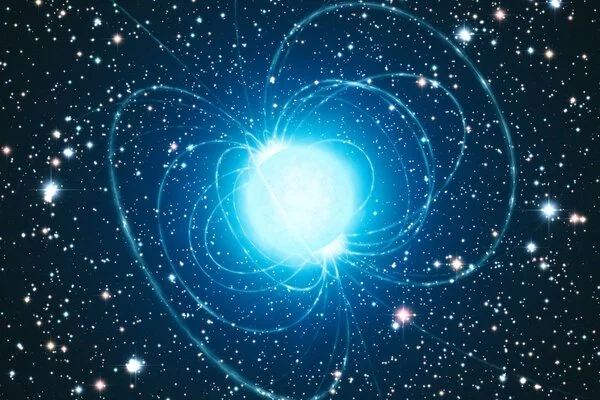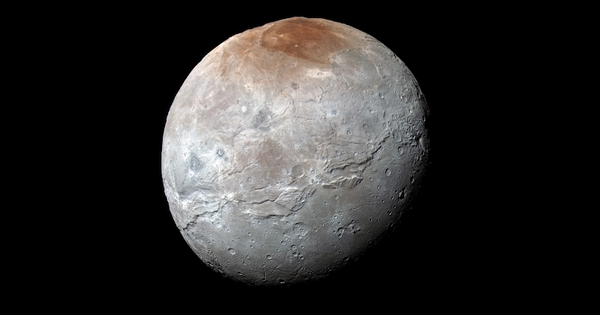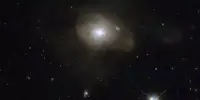A stellar collision is a neutron star merger. It happens in a similar way to the rare type Ia supernovae produced by merging white dwarf stars. When two neutron stars orbit each other closely, gravitational radiation causes them to spiral inward. When two neutron stars collide, they merge to form either a more massive neutron star or a black hole. In one or two milliseconds, the merger can generate a magnetic field trillion of times stronger than that of Earth. These events are thought to produce short gamma-ray bursts.
The majority of elements lighter than iron are created in the cores of stars. The white-hot core of a star fuels proton fusion, squeezing them together to form progressively heavier elements. Beyond iron, scientists have been perplexed as to what could give rise to gold, platinum, and the rest of the universe’s heavy elements, the formation of which requires more energy than a star can muster.
When two neutron stars collide, the resulting explosion produces heavy elements, many of which comprise our Universe. A new study has pinpointed the rare-earth elements produced during a neutron star merger.
This is the first direct identification of rare elements in neutron star merger spectra, and it advances our understanding of element origins in the Universe. A simple model of ejected material was used in this study. In the future, we hope to incorporate multidimensional structures to gain a better understanding of what happens when stars collide.
Nanae Domoto
A group of researchers has, for the first time, identified rare earth elements produced by neutron star mergers. Details of this milestone were published in The Astrophysical Journal.
When two neutron stars spiral inward and merge, the resulting explosion produces a large amount of heavy elements that make up our Universe. The first confirmed instance of this process was an event in 2017 known as GW 170817. Even five years later, scientists have yet to identify the specific elements created by neutron star mergers, with the exception of strontium, which has been identified in optical spectra.
Nanae Domoto, a graduate student at Tohoku University’s Graduate School of Science and a research fellow at the Japan Society for the Promotion of Science (JSPS), led a research team that systematically studied the properties of all heavy elements to decode the spectra from neutron star mergers.

They used this to investigate the spectra of kilonova bright emissions caused by the radioactive decay of freshly synthesized nuclei that are ejected during the merger from GW 170817. Based on comparisons of detailed kilonovae spectra simulations, produced by the supercomputer “ATERUI II” at the National Astronomical Observatory of Japan, the team found that the rare elements lanthanum and cerium can reproduce the near-infrared spectral features seen in 2017.
Until now, the existence of rare earth elements has only been hypothesized based on the overall evolution of the kilonova’s brightness, but not from the spectral features.
“This is the first direct identification of rare elements in neutron star merger spectra, and it advances our understanding of element origins in the Universe,” Dotomo said.
“A simple model of ejected material was used in this study. In the future, we hope to incorporate multidimensional structures to gain a better understanding of what happens when stars collide” Dotomo elaborated.
The mystery of where heavy elements like gold and silver come from has deepened, with researchers arguing over whether binary neutron-star mergers can explain the abundance of those elements in the universe.
















